
International Society For Blood Transfusion
In addition to carrying out external educational activities of the association, the ISBT Academy evaluates requests from low- and middle-income organizations to support special educational activities. These academy-approved activities are sponsored by the Foundation of the International Society of Blood Transfusion.
The basic principles are:
Supporting educational activities related to transfusion medicine and related disciplines at the global level, especially in low and medium human development regions.
Manage and administer funds awarded annually by ISBT to support the foundation's primary purpose.
It is ensured that funds are regularly spent on education to maintain and improve blood donor safety and treatment.
To ensure that existing programs in collaboration with ISBT meet or exceed accepted standards and are consistent with maintaining or improving acceptable performance in the field.
Monitoring the effectiveness of the use of credits with reference to the timely completion of training programs and the level of satisfaction of program participants.
The foundation can review requests for financial support through a proposal. Requests over 5,000 euros are signed by the Foundation following advisory recommendations.
This foundation operates on a non-profit basis.
*********************

NATIONAL BLOOD AUTHORITY
Saving and improving Australian lives through a world-class blood supply.
Blood is a precious resource.
that can be manufactured into several products to save the lives of thousands of humans every year.
The National Blood Authority’s (NBA) core business is to deliver a blood supply system that is responsive to patient needs, and built on evidence-based clinical practice.
*********************
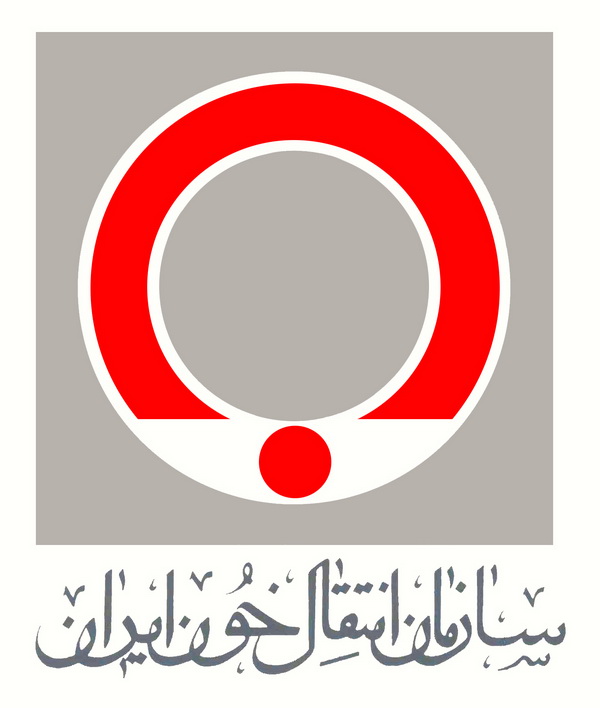
Iranian Blood Transfusion Organization
Although blood transfusion in Iran has a long history, the new era of blood transfusion started in the 1940s.
As it was ratified in the 28th World Health Assembly of the World Health Organization (WHO), member states were urged to promote the development of national blood services based on voluntary non-remunerated donation of blood.
Fortunately, years before the ratification of the mentioned resolution, the Iranian Blood Transfusion Organization (IBTO) was established in 1974 and all blood transfusion-related activities from donor recruitment to preparation of blood components and distribution of blood and blood products were centralized.
*****************************
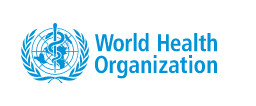
World Health Organization
*********************
History of Blood Transfusion
A brief history of blood transfusion through the years
Trace the storied history of blood transfusion,
from its foundings in the 17th century to the knowledge we have today.
*********************

1665
First animal to animal blood transfusion In February 1665 Richard Lower
conducted the first successful blood transfusion from one dog to another.
*********************
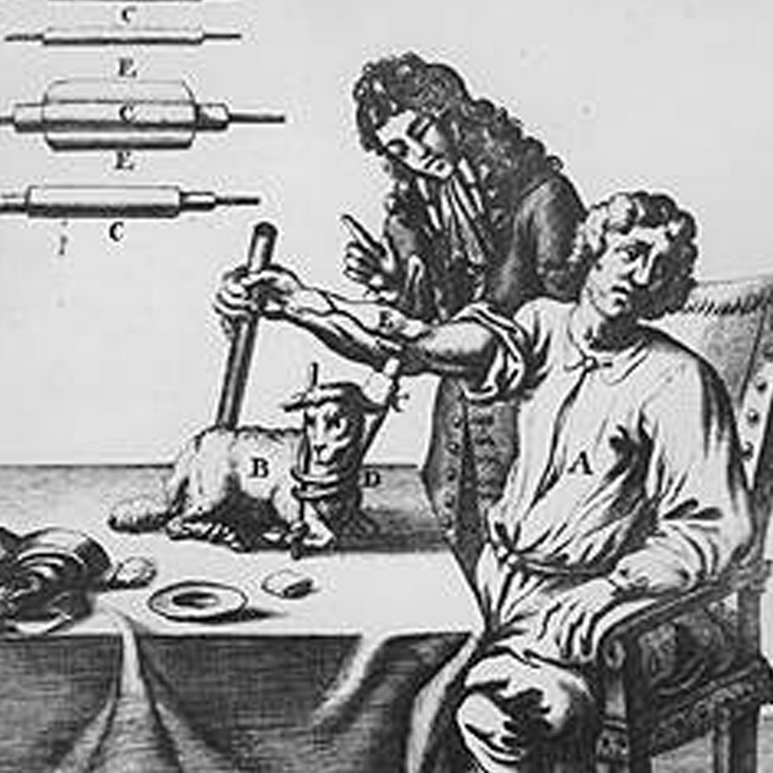
1667
First animal to human blood transfusion Jean-Baptiste Denys managed to
transfuse a sheeps blood to a 15-year old boy in June 1667,
after the boy had been bled with leeches.
*********************

1840
Human to human blood transfusion When a woman lost a lot of
blood during childbirth in 1818, James Blundell used blood from
her husband as a treatment.
*********************
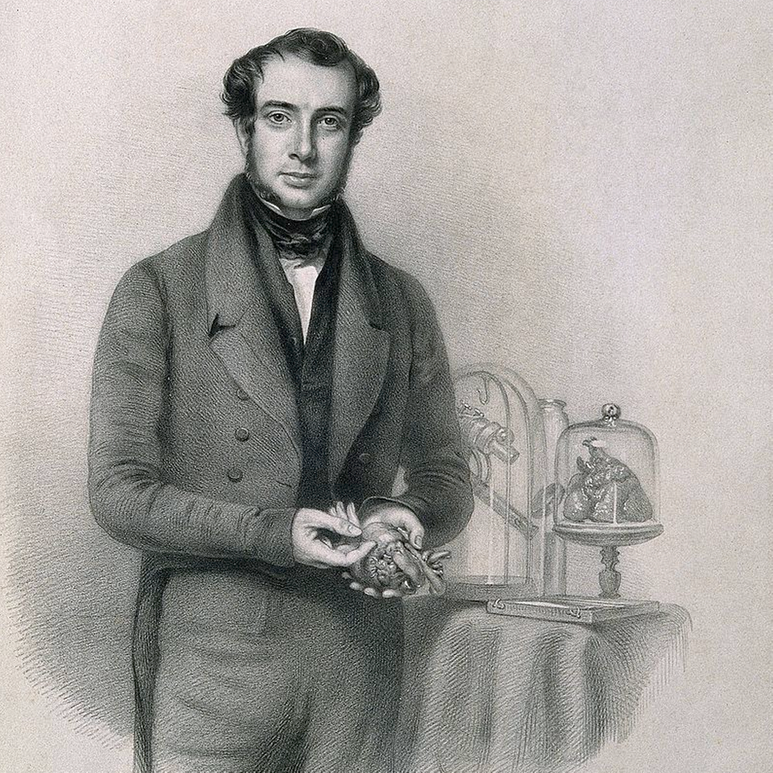
1840
First successful whole blood transfusion to
treat haemophilia Samuel Armstrong Lane performed
the first whole blood transfusion to treat haemophilia at
St. George’s Hospital Medical School in London.
*********************
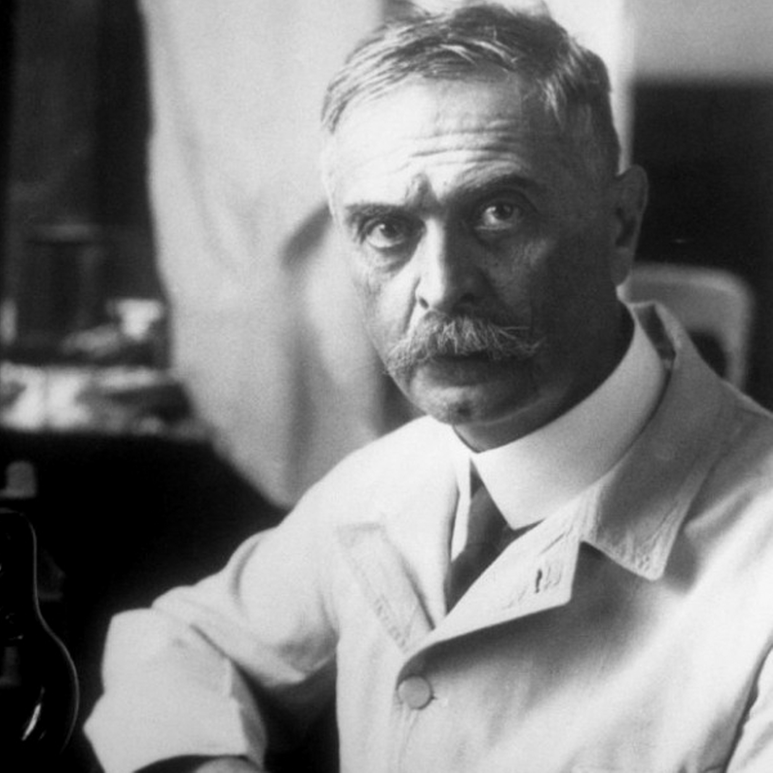
1901
Discovery of ABO blood groups Austrian scientist Karl Landsteiner noticed
that blood from two different people agglutinated upon contact.
Upon further research he discovered the first three human blood groups:
A, B, and C (now O) and observed that blood transfusion between people
with the same blood groups did not cause destruction of blood cells.
Landsteiner received the Nobel Prize for Medicine for this discovery in 1930.
*********************
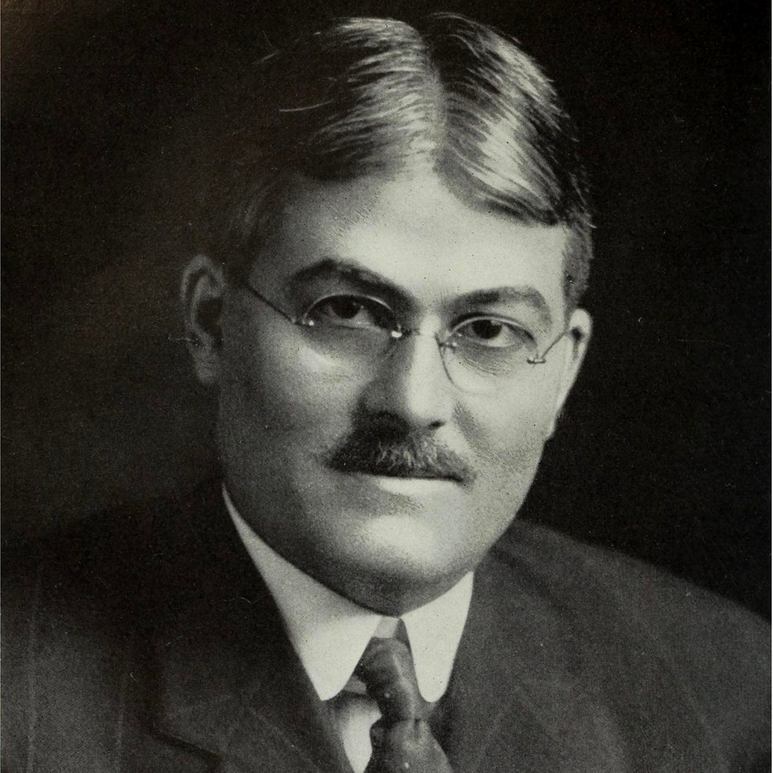
1906
First surgery using a direct blood transfusion George Washington Crile
was a surgeon at the St. Alexis hospital in Cleveland, Ohio.
He is recognised as the first person to use a direct blood transfusion
during a surgical procedure.
*********************
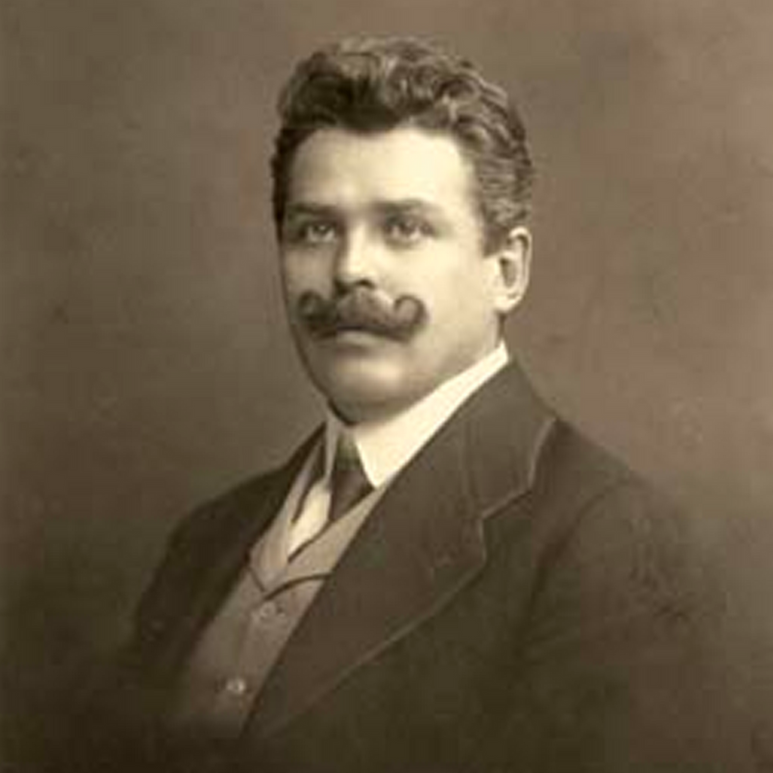
1907
Discovery of four blood groups Jan Janský also discovered
different human blood groups in Czechoslovakia in 1907.
He called them I, II, III, and IV, A, B, O, and AB.
Cross-matching of donor and recipient was also used for the first time.
*********************

1914
Luis Agote introduced the first anticoagulant Argentinean physician
Luis Agote tested citrate in animals and received a large dose intravenously himself.
He supervised the successful transfusion of two patients with citrated blood.
*********************
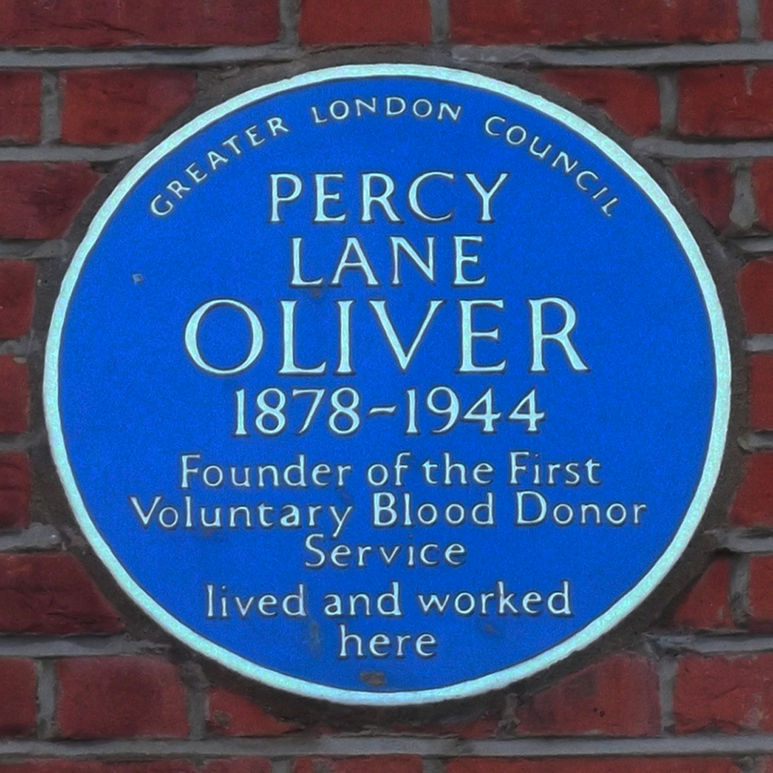
1921
First Blood Donor service established in London Percy Lane Oliver
established the first voluntary Blood Service of the British Red Cross,
the British Red Cross Blood Transfusion Service.
Although in 1922 his service was only called upon 13 times,
in 1925 this had already grown to 428 demands from local hospitals.
*********************
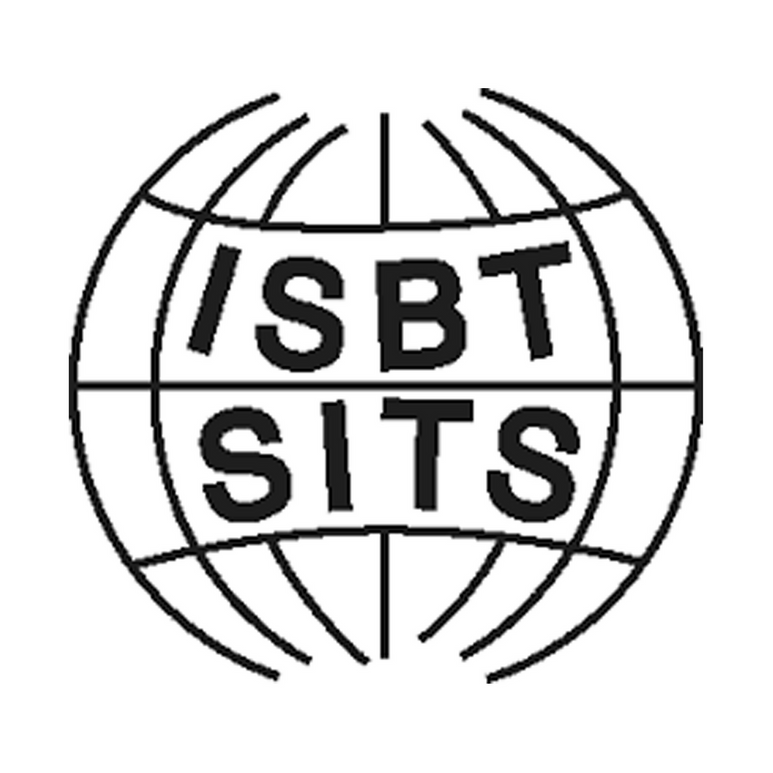
1935
The first International Blood Transfusion Congress The first congress of
the International Society of Blood Transfusion was held from
September 26-29 in Rome, Italy. Twenty nations and eight Red Cross Societies
were represented at the congress.
After the close of this congress the Societé Internationale de Transfusion Sanguine (SITS)
was formed with the permanent office to be set up in Paris.
*********************

1936
First Blood Bank opened in Barcelona, Spain War has proven a catalyst for
the development of blood transfusion medicine.
Due to the many casualties from the Spanish Civil War,
Frederic Duran-Jordà started the first Blood Bank in Barcelona,
Spain in September 1936 when 7L of refrigerated blood was sent to
the fighting front around 300km from Barcelona.
*********************

1940
Discovery of the Rh system The Rh blood group system was discovered in
1939–1940 as the result of observations made by P. Levine, R.E. Stetson, K.
Landsteiner and A.S. Wiener working in two teams in New York. Levine and
Stetson described an antibody found in a woman postpartum which reacted
with an antigen which was present on the red cells of her stillborn fetus and those of the father.
*********************
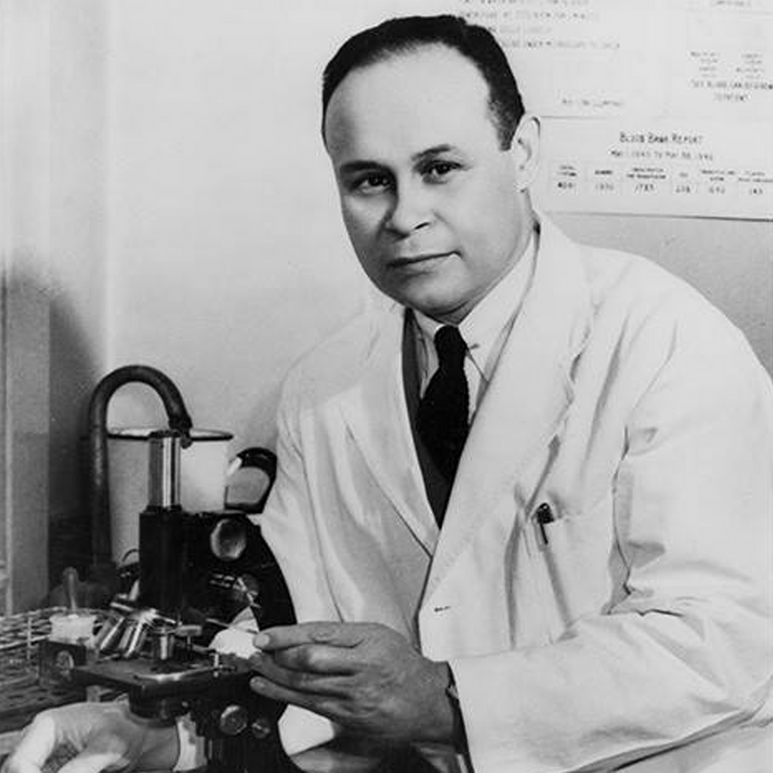
1940
Blood for Britain Campaign Again, war advanced the research of
plasma benefits and in August 1940 Charles Drew was sent from the UK to
New York to set up a blood storage and preservation programme to
supply British soldiers and civilians with US blood (plasma).
A dried plasma package was developed to make transportation,
package and storage of plasma easier. After Drew’s successful mission the
American Red Cross developed their national blood donation programme.
*********************
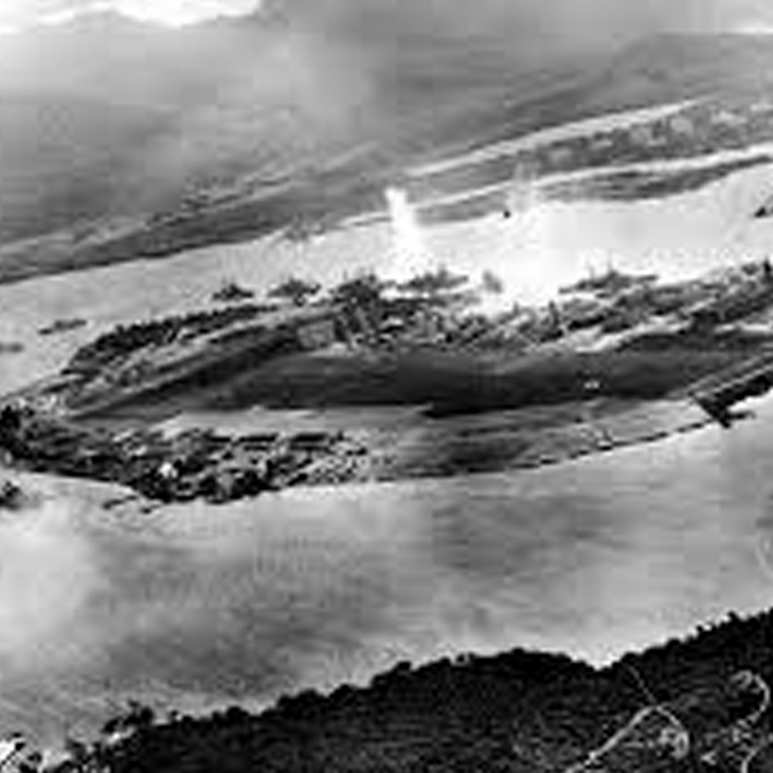
1941
Plasma fractionation studies American Physical Chemistry professor
Edwin Cohn managed to isolate the fractions of plasma in the summer of 1940.
When Japan invaded Pearl Harbour in 1941,
supplies of blood albumin were used to treat the injured.
This success established albumin as a lifesaver without any clinical trials,
as would be required today.
*********************
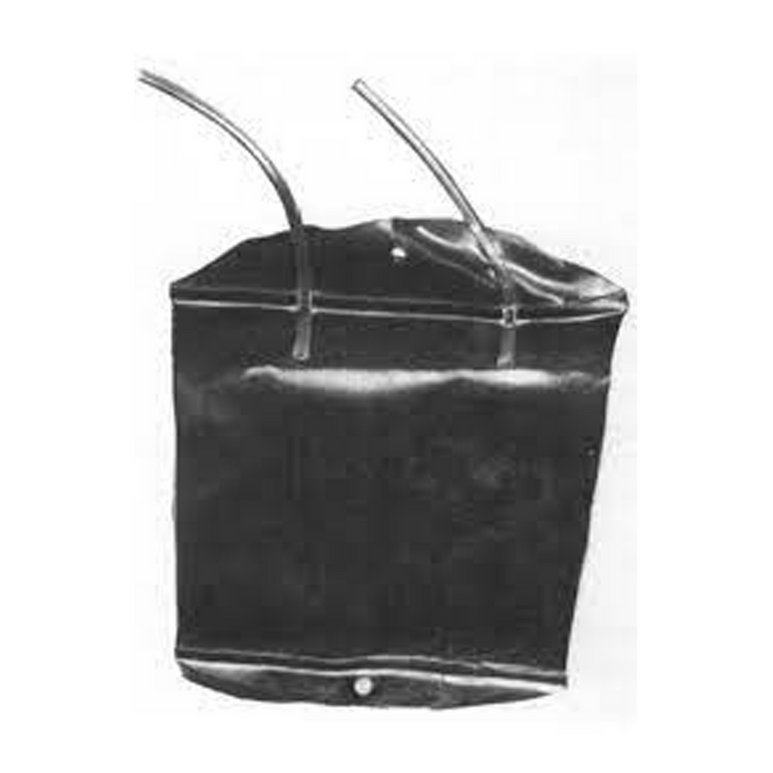
1950
Plastic Blood Bags introduced Carl Walter and WP Murphy developed
plastic blood bags in 1950. They came into routine use much later.
They replaced glass bottles allowing for the evolution of
a collection system capable of safe and easy preparation of
multiple blood components from a single unit of whole blood.
*********************
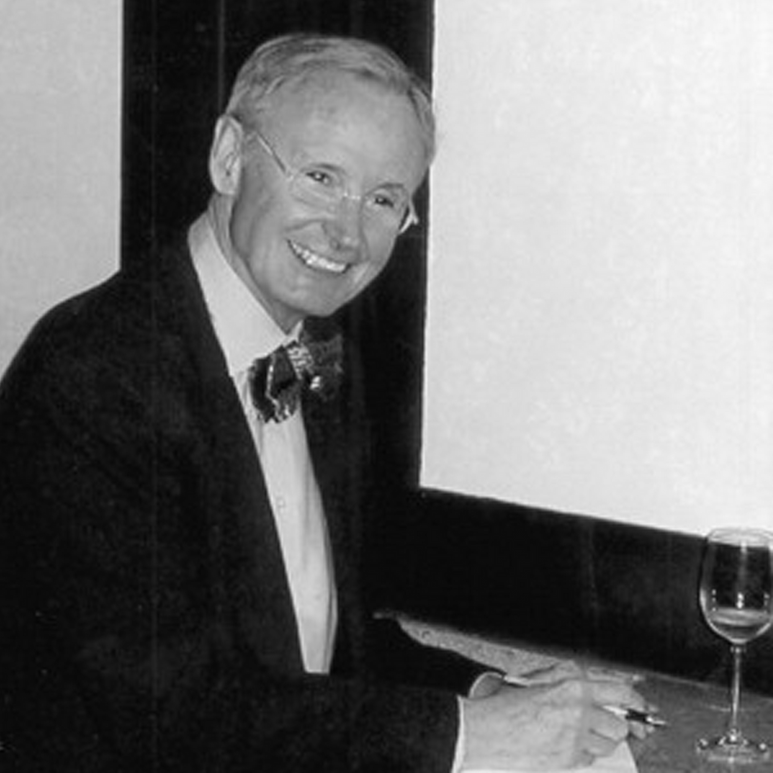
1969
Platelet transfusions Scott Murphy and Frank Gardner provided evidence that
platelets could be stored at 22 +_ 2 C, for up to 3 days and still maintain their
hemostatic function. Subsequent improvements, including the availability of
improved storage containers, enabled the provision of platelets for
transfusion after 5 days of storage.
*********************

1971
Apheresis - platelet production and therapeutic apheresis In 1971 the
first apheresis machine was introduced. In the early 1950s Edwin Cohn
devised a large‐scale method for purification of albumin from
pooled human plasma. Later Alan Latham developed
the “Latham bowl” and the first apheresis machine was introduced in 1971.
*********************

1979
Introduction of anticoagulant CPDA-1 Citrate-phosphate-dextrose with
adenine (CPDA-1) preservative was developed in 1978.
The addition of adenine improved the synthesis of adenosine triphosphate (ATP)
in the stored blood, which prolonged the storage of
blood/red cells at 2-4C to 35 days.
*********************
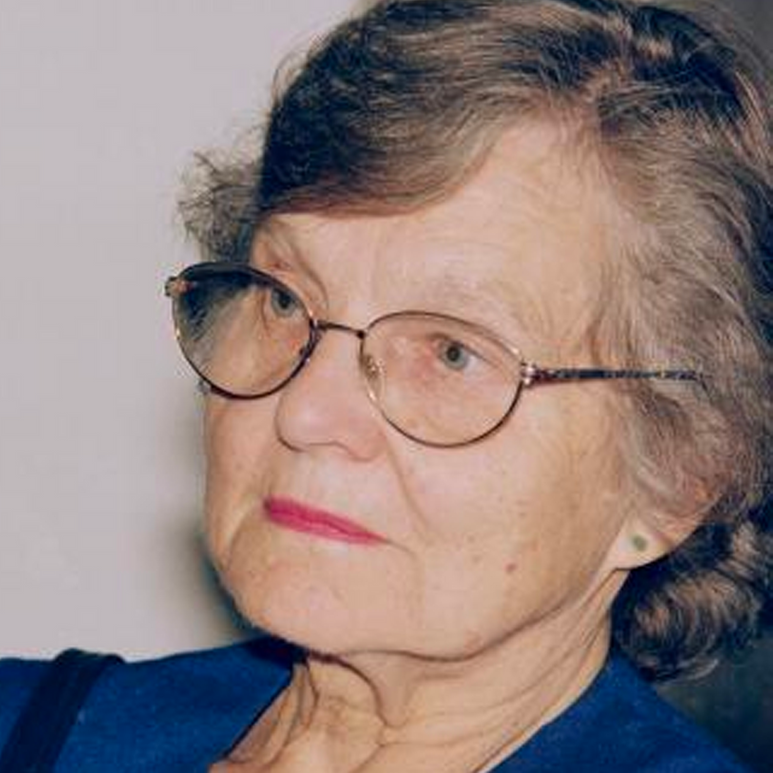
1990
DNA sequence analysisIn 1986, Dr Patricia Tippett proposed a
two-gene model to replace Fisher’s three alleles, a model that was shown to
be correct when RHD and RHCE were eventually cloned and sequenced
in 1990 by researchers in Bristol and Paris.
DNA sequence analysis revealed that many of
he Rh blood group antigens were single nucleotide polymorphisms in
the gene that coded for different amino acids.
*********************

2018
200 years since the first human to human blood transfusion
In 2018 was the 200th anniversary of human to human transfusion and
ISBT celebrated this at its 35th International congress in Toronto.
Transfusion Medicine is an ever-developing science and we are honored
to welcome blood transfusion professionals from all over
the world who help ISBT fulfil its mission of sharing knowledge to
enhance transfusion practice worldwide.
************************

International Society For Blood Transfusion
In addition to carrying out external educational activities of the association, the ISBT Academy evaluates requests from low- and middle-income organizations to support special educational activities. These academy-approved activities are sponsored by the Foundation of the International Society of Blood Transfusion.
The basic principles are:
Supporting educational activities related to transfusion medicine and related disciplines at the global level, especially in low and medium human development regions.
Manage and administer funds awarded annually by ISBT to support the foundation's primary purpose.
It is ensured that funds are regularly spent on education to maintain and improve blood donor safety and treatment.
To ensure that existing programs in collaboration with ISBT meet or exceed accepted standards and are consistent with maintaining or improving acceptable performance in the field.
Monitoring the effectiveness of the use of credits with reference to the timely completion of training programs and the level of satisfaction of program participants.
The foundation can review requests for financial support through a proposal. Requests over 5,000 euros are signed by the Foundation following advisory recommendations.
This foundation operates on a non-profit basis.
*********************

NATIONAL BLOOD AUTHORITY
Saving and improving Australian lives through a world-class blood supply.
Blood is a precious resource.
that can be manufactured into several products to save the lives of thousands of humans every year.
The National Blood Authority’s (NBA) core business is to deliver a blood supply system that is responsive to patient needs, and built on evidence-based clinical practice.
*********************

Iranian Blood Transfusion Organization
Although blood transfusion in Iran has a long history, the new era of blood transfusion started in the 1940s.
As it was ratified in the 28th World Health Assembly of the World Health Organization (WHO), member states were urged to promote the development of national blood services based on voluntary non-remunerated donation of blood.
Fortunately, years before the ratification of the mentioned resolution, the Iranian Blood Transfusion Organization (IBTO) was established in 1974 and all blood transfusion-related activities from donor recruitment to preparation of blood components and distribution of blood and blood products were centralized.